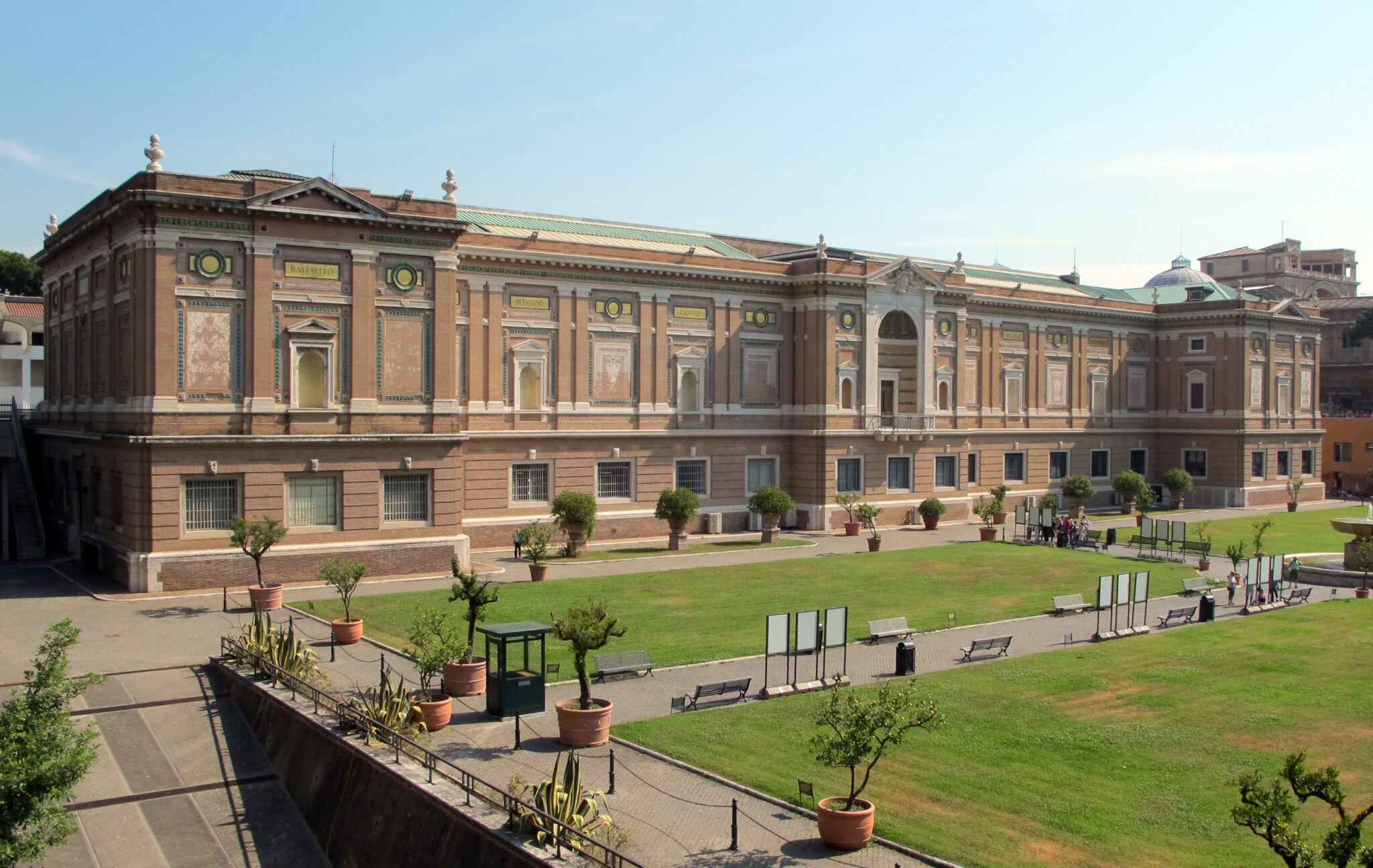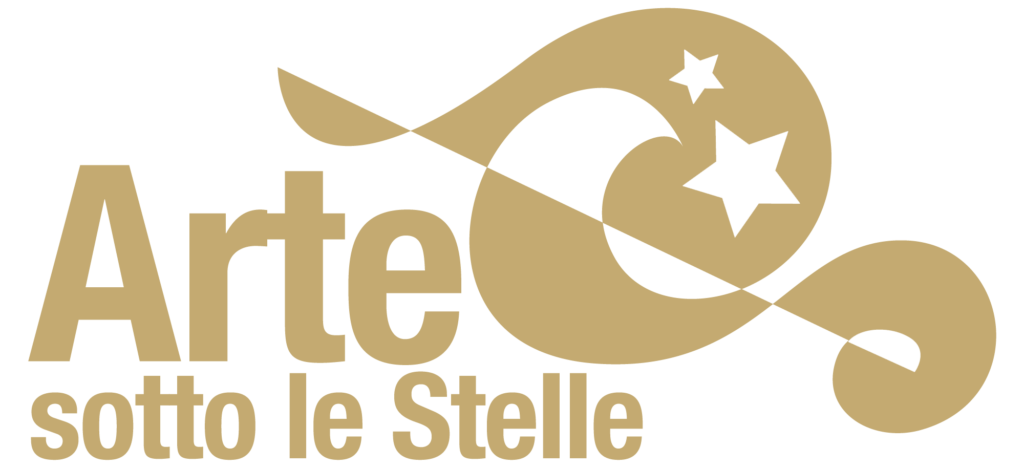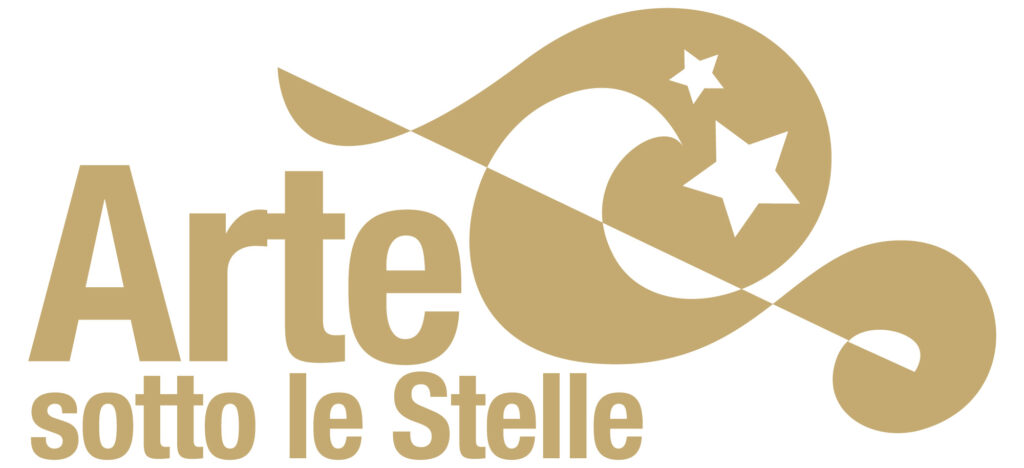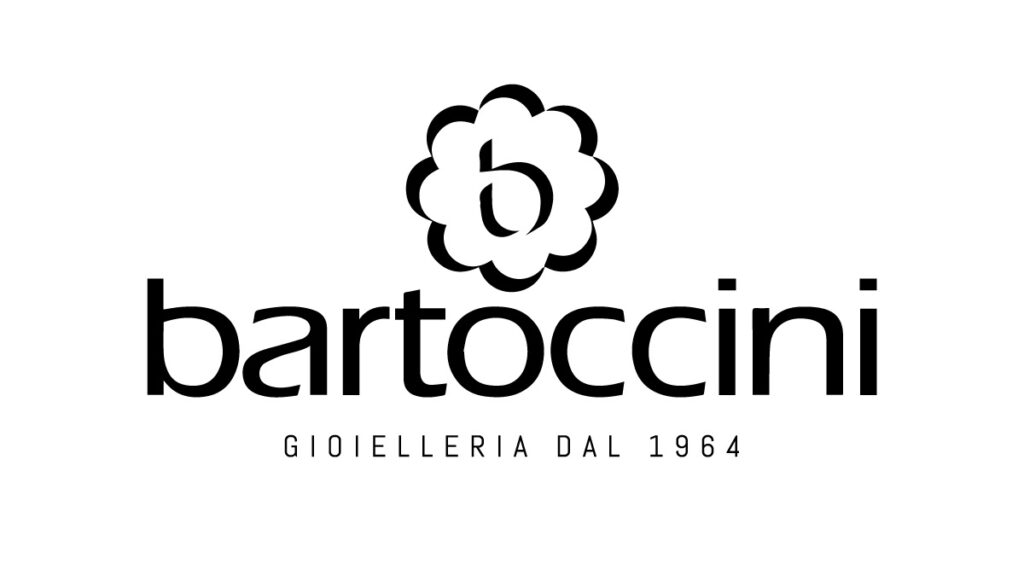Pinacoteca Vaticana – Città del Vaticano
La moderna raccolta nacque quindi dopo la caduta di Napoleone, quando a seguito del Congresso di Vienna del 1817 numerosi capolavori trasportati in Francia durante le requisizioni furono restituiti e fecero ritorno in Italia. La collezione continuò a crescere negli anni, grazie a donazioni ed acquisizioni, e conta oggi circa 460 opere di alcuni dei maggiori artisti italiani, come Giotto, Raffaello, Leonardo, Caravaggio, Perugino, e tanti altri.
Nonostante la pregiatezza dei capolavori conservati, fino al Novecento la raccolta non aveva una sede fissa, e le opere venivano di continuo spostate nell’ambito dei Palazzi Apostolici. Venne quindi edificata una nuova struttura sul Giardino Quadrato, per volere di Pio XI, su progetto dell’architetto Luca Beltrami; la Pinacoteca Vaticana venne finalmente inaugurata il 27 ottobre 1932, ed è articolata in diciotto sale dove i dipinti sono esposti seguendo un ordine cronologico: si parte dai Primitivi (XII – XIII secolo) fino ad arrivare al XIX secolo.











